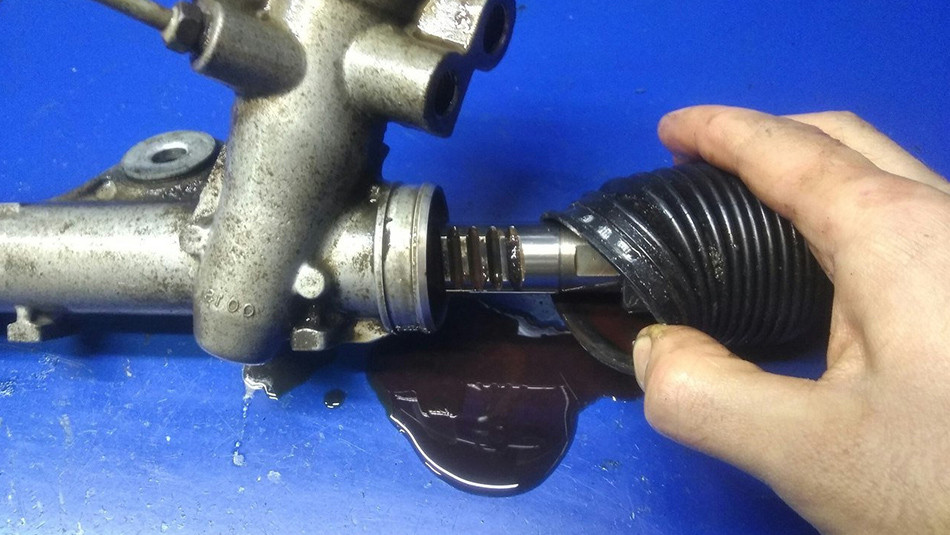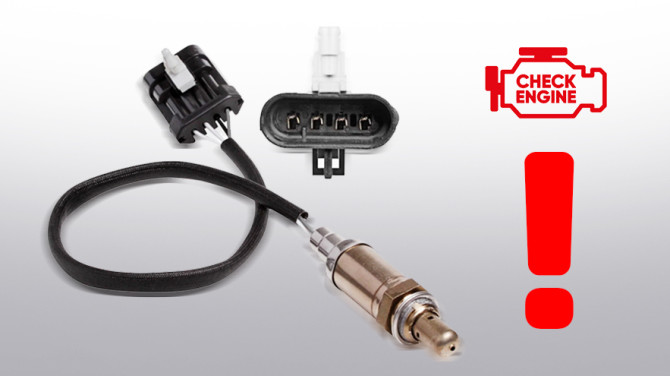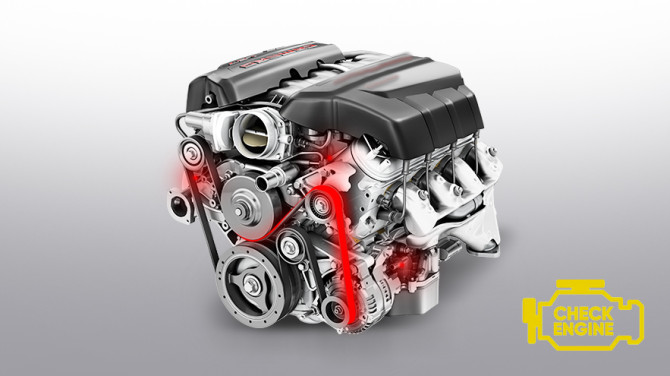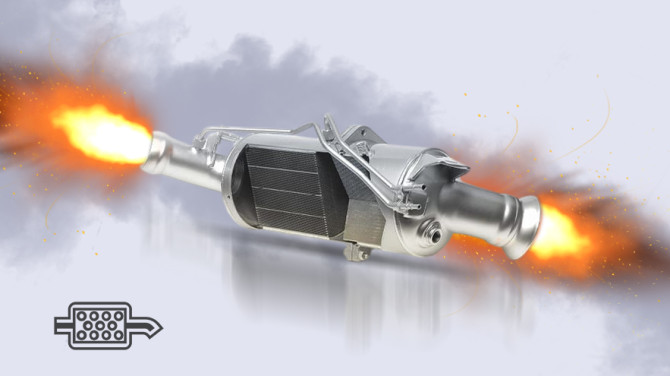Why is Power Steering Fluid Leaking?

The power steering gearbox is a fundamental component of the vehicle's steering system. Its task is to convert the rotation of the steering wheel into the rotation of the front axle, ensuring the vehicle's maneuverability. Such a crucial element requires special attention, as the safety of driving depends on its functionality. Extreme weather conditions, poor road conditions, and impacts on bumps and potholes can lead to malfunctions and wear and tear of steering mechanism parts. Therefore, questions related to repairing this device are always relevant.
Only owners of vehicles equipped with hydraulic and electric power steering encounter the problem of a leaking steering rack. Owners of vehicles with mechanical steering do not face such an issue.
In general, a power steering rack with hydraulic assistance is a double-acting hydraulic actuator, and its operation depends on:
- Hydraulic oil level,
- Oil quality,
- Presence of leaks in the system.
For the proper functioning of hydraulic and electro-hydraulic power steering, it is necessary to monitor the level of hydraulic fluid in the system and prevent it from falling below the critical level. Special attention should also be paid to the quality of the hydraulic fluid used.
Symptoms of Power Steering Gearbox Leakage
- A decrease in the fluid level in the power steering system tank.
- Noise occurs during the operation of the steering system pump.
- The steering wheel turns stiffly and with more effort.
- Puddles appear under the vehicle after an extended period of inactivity, e.g., after overnight parking.
If you find puddles under the car, it does not always mean a leaking steering system. The fluid may leak from other vehicle systems. Before getting behind the wheel, you should find out exactly what is leaking. In the case of brake fluid leakage, the vehicle cannot be operated! Read more about brake fluid issues in this article.
Causes of Leaks from the Power Steering Rack
The most common cause of leaks is the wear of the main rack bar seals. Their average lifespan is 120,000-140,000 km, but many car owners experience leaks much earlier.
The lifespan of the seals is shortened by:
- Failure to adhere to the hydraulic system fluid change schedule. In such situations, a large amount of contamination accumulates in the fluid. Mechanical impurities accelerate the wear of all hydraulic system components.
- Ignoring the cleaning of the hydraulic system. When changing hydraulic oil, it is necessary to thoroughly flush the hydraulic system to remove any remaining abrasive substances. Flushing should also be done when replacing the pump.
- Mechanical damage to oil seals.
While the reasons for contamination of the fluid are clear, the causes of mechanical damage to oil seals have been discussed in more detail.
Mechanical Damage to Oil Seals
Due to its specific location, the power steering rack operates in harsh conditions, exposed to dirt, road contaminants, stones, and water splashing from the wheels. The ends of the gearbox shaft are protected from the negative factors by rubber covers. If the rubber cover is damaged, water and contaminants can easily enter the shaft, causing corrosion. Corrosion increases the unevenness of the shaft surface, leading to the deterioration of oil seals.
Road conditions also affect the lifespan of oil seals. Poor road conditions contribute to the deterioration of the condition of wishbone pivot pins and the occurrence of axial play in tie rods. A loose tie rod end facilitates the penetration of moisture under the dust cover, leading to corrosion.
During the inspection of the power steering rack, many people overlook the condition of the oil seal located on top of the steering gearbox pinion. Damage to the seal causes dirt and water to enter the distributor mechanism, shortening its lifespan and causing leaks.
High Power Steering Fluid Pressure
If the fluid pressure is too high, the lifespan of oil seals is reduced. Pressure increases when the steering wheel is turned to the full lock position. For this reason, it is not recommended to hold the steering wheel in the end position for more than 5 seconds during turning. If you consistently ignore this rule, leaks from the seal will eventually occur.
Air in the Power Steering System
If the power steering rack is leaking, air enters the hydraulic steering system. This increases the load on the pump, foams the hydraulic fluid, the pump starts howling, and the steering wheel becomes stiff. All of this negatively affects the lifespan of the power steering pump. Read more about pump faults in this article.
How to Extend the Lifespan of the Power Steering Rack
Paradoxically, it is one of the most complicated and crucial assemblies in the car, but to extend its lifespan and avoid repairs, simple actions should be taken: perform inspections at the right time and use the car carefully.
If your steering rack is already leaking, we recommend not only replacing the seals and rubber covers but also conducting a full diagnosis. It is better to entrust the repair of the power steering rack to professionals, as a well-functioning rack ensures your safety.
In the STS workshop, a full diagnosis of the steering system can be performed using specialized equipment. Our experts will identify the cause of the leakage and propose the optimal solution to the problem: repair of the power steering gearbox, replacement with a new or remanufactured original. All the necessary parts and assemblies for repair are available in the company's internal warehouse, so you won't have to wait long for your car.
Also, don't forget to align the wheel geometry after repairing or replacing the power steering gearbox.







